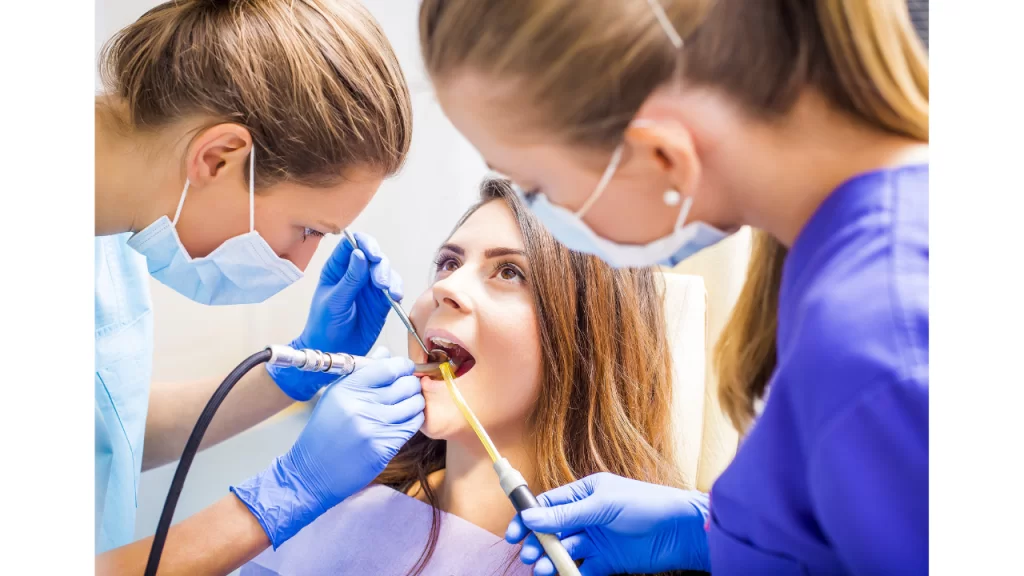Dental insurance plays a significant role in determining the cost of filling a cavity for individuals who have coverage. Here, we will explore how dental insurance impacts the cost of this common dental procedure.
Coverage for Basic Restorative Procedures: Dental insurance typically provides coverage for basic restorative procedures, including dental fillings. However, the extent of coverage may vary depending on the specific insurance plan. Some plans cover a percentage of the cost (e.g., 80%), while others may cover a fixed amount.
In-Network vs. Out-of-Network Dentists: Dental insurance plans often have a network of approved dentists. In-network dentists have negotiated contracts with the insurance provider, which can result in lower out-of-pocket costs for patients. Choosing an in-network dentist for your filling procedure may help minimize your expenses.
Co-Payments and Deductibles: Dental insurance plans may require patients to pay co-payments or deductibles. A co-payment is a fixed amount that you pay for each dental visit, while a deductible is an annual amount that you must reach before your insurance coverage kicks in. These out-of-pocket costs vary based on your insurance plan.
Coverage Limitations: It's important to review your dental insurance policy to understand any limitations on coverage for dental fillings. Some plans may have restrictions on the number of fillings covered within a specific time period or may only cover certain types of filling materials.
Waiting Periods: Dental insurance plans may have waiting periods for certain procedures, including restorative treatments like fillings. This means that you may need to wait for a specific period before your insurance covers the cost of a filling. Waiting periods are designed to prevent individuals from purchasing insurance only when they require extensive dental work.
Pre-Authorization Requirements: In some cases, dental insurance plans require pre-authorization for certain procedures, including fillings. This involves obtaining approval from the insurance company before undergoing treatment. Failure to obtain pre-authorization may result in reduced coverage or denial of the claim.
Out-of-Network Reimbursement: If you choose to visit an out-of-network dentist, your dental insurance plan may still provide some coverage. However, the reimbursement amount may be lower, and you may be responsible for paying the difference between the dentist's fees and the insurance reimbursement.
Understanding the details of your dental insurance plan is crucial in determining the cost of filling a cavity. It's recommended to review your plan documents, contact your insurance provider, or consult with your dentist to get a clear understanding of your coverage, including any co-payments, deductibles, or limitations that may affect the cost.
By having dental insurance, you can potentially reduce your out-of-pocket expenses for cavity fillings. However, it's essential to be aware of the coverage details and any potential limitations to make informed decisions about your dental care.


No comments yet